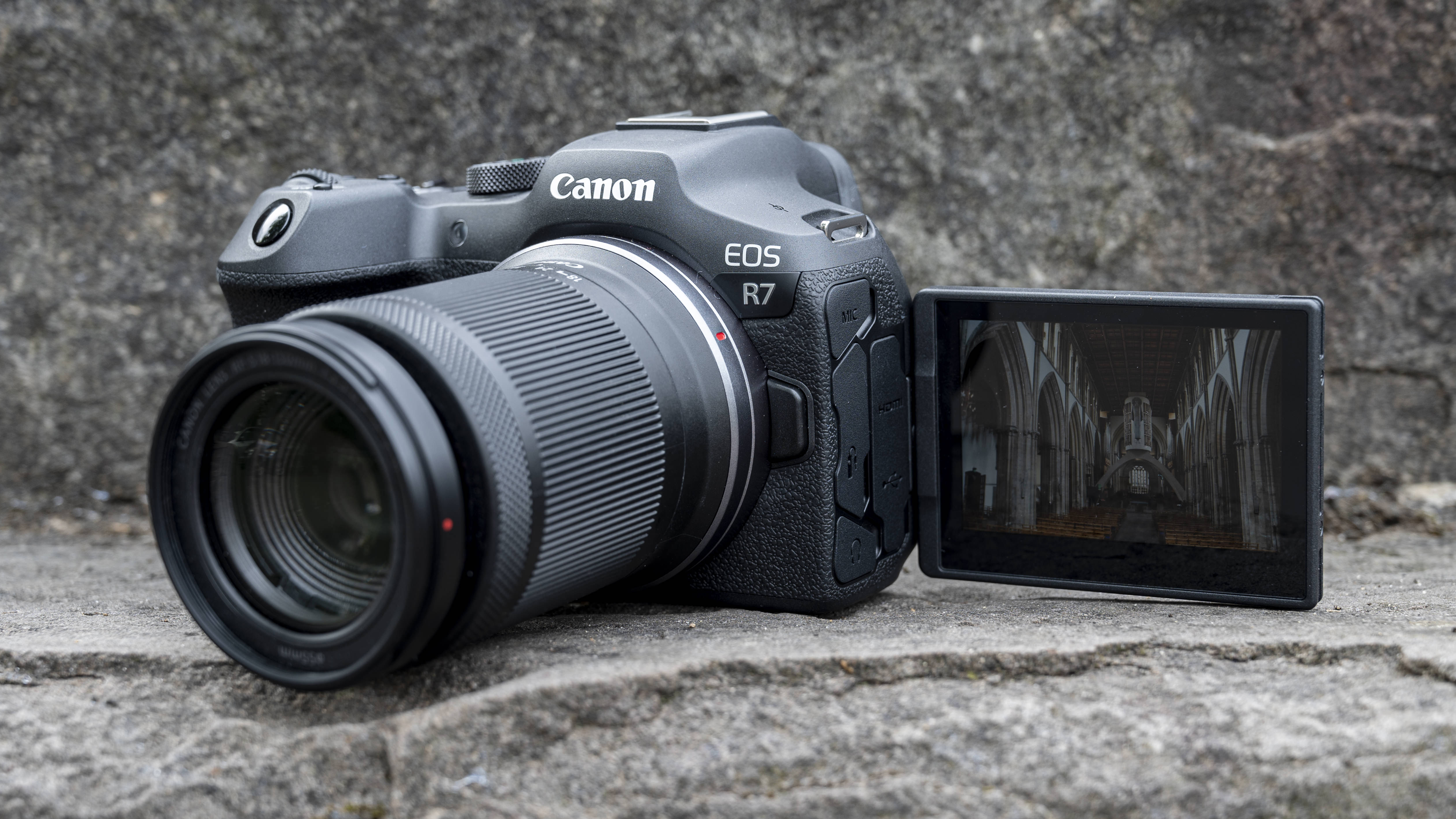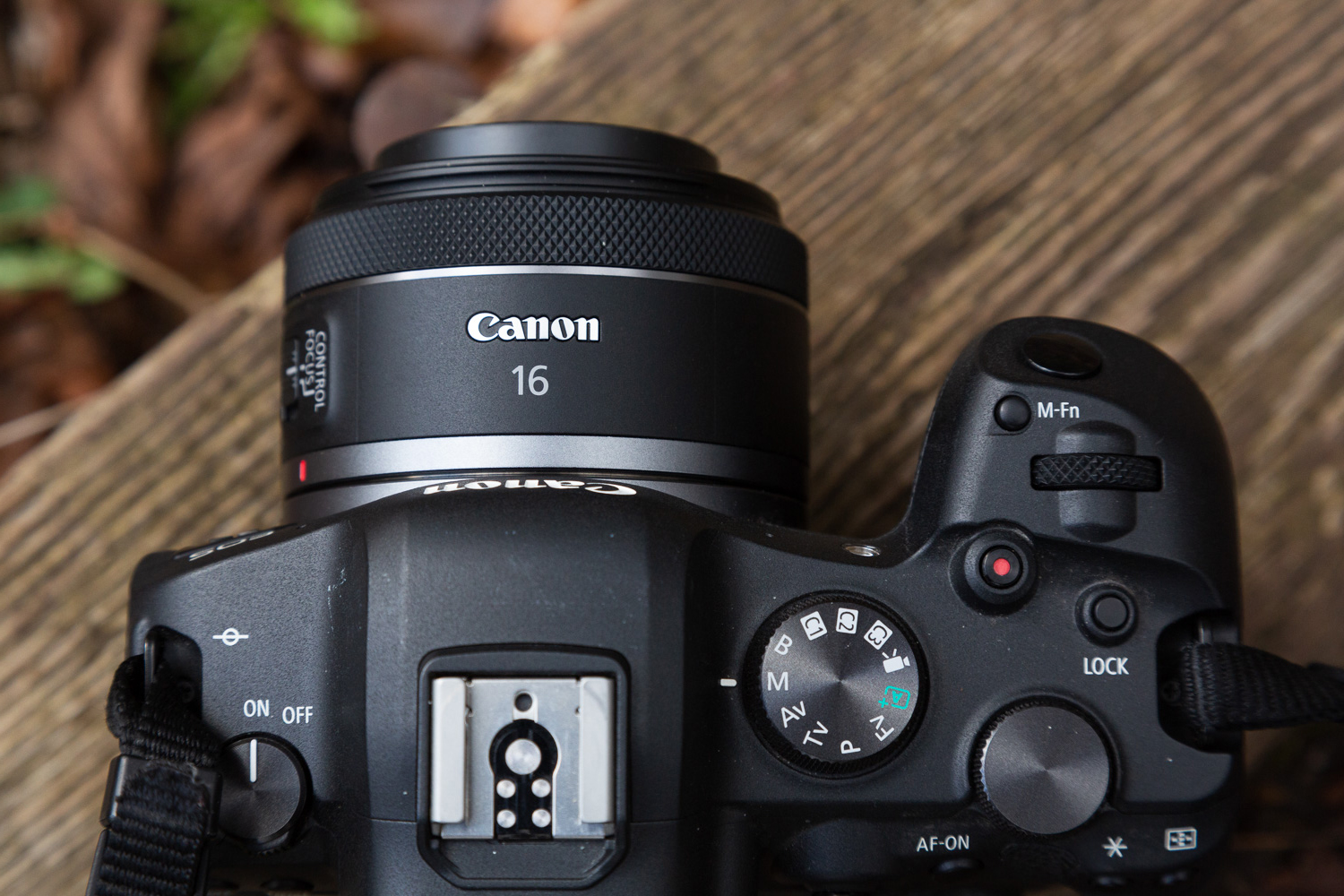Recent rumors point to a Canon RF-S lens in the mold of the Canon EF-M 11-22mm f/4-5.6 IS STM in the pipeline. There’s no strong leaks regarding key specs, but an ultra-wide angle lens is what Canon’s excellent APS-C mirrorless cameras really need to realize their potential.
While the Canon EOS R7 is one of the most capable APS-C cameras in the market for wildlife and sports photography, and the EOS R10 is our top choice among the best mirrorless cameras for beginners, these models are hamstrung to a degree by limited lens choice.
Only three RF-S lenses are available and all of these lenses are moderate zoom lenses with modest maximum apertures – in short, not the lenses that truly excite photographers, nor up their game. It’s prime lenses and premium zooms that get the juices flowing, and there are none of these, yet.
Nikon’s Z-mount mirrorless camera system is in a similar position to Canon’s, too. We hope that they both begin to show similar levels of enthusiasm for APS-C as they do with full-frame, by way of developing a broader range of lenses. Let those rumors of a so-called Canon RF-S 11-22mm be true, and the sign of more to come.
Full-frame vs APS-C – imbalanced scales
The three big names that have established full-frame and APS-C mirrorless camera systems are Sony, Canon and Nikon.
Sony was one of the pioneers in mirrorless cameras, launching its first APS-C cameras, the NEX-3 and NEX-5, in May 2010, and then its first full-frame cameras (the a7 and a7R) in October 2013. Those full-frame cameras are now in their fourth and fifth generations, and Sony has created a formidable choice of proprietary glass for both sensor formats, with 22 APS-C lenses and 46 full-frame options.
Canon and Nikon entered the mirrorless camera market much later, launching full-frame cameras – the Canon EOS R, Nikon Z6 and Z7 - only in 2018. They’ve each gone about developing a broad range of high-quality full-frame lenses with impressive haste. The same cannot be said for APS-C.

At the time of writing there are 28 Canon RF lenses for full-frame cameras, and three RF-S lenses for APS-C cameras. Nikon stands at 30 full frame lenses to four APS-C lenses.
It was only one year ago that Canon released the EOS R7 and EOS R10 (and, more recently, the EOS R50), so it can be excused for only having three APS-C lenses so far. But it does have a history of modest investment in this sensor format. The Canon EF-M mirrorless system has effectively been discontinued; despite early promise, it never really got off the ground.
Nikon’s APS-C system was announced much earlier than Canon's, in October 2019, with the Z50 and since then the Z fc and Z30 cameras, but still only has four lenses. The latest of those - the recent Nikkor Z DX 12-28mm f/3.5-5.6 PZ VR – is similar to what we hope the new Canon lens will be. Nikon has opened its arms to third parties and a trio of excellent Sigma prime lenses for Z-mount recently hit the shelves, while Canon has remained closed.
Why is an ultra-wide lens so important for APS-C?
Full-frame lenses are compatible with APS-C cameras, and Canon’s full-frame RF lenses can be used on its APS-C cameras without the need for an adapter. In doing so, there is a crop which effectively extends the focal length by 1.6x (for Sony and Nikon it’s 1.5x).
An image area crop is beneficial should you wish to get closer. For example, the Canon RF 16mm F2.8 STM lens is a 25.6mm lens when cropped. Nikon essentially launched the Nikon Z fc camera with the full-frame Nikkor Z 40mm f/2 lens. The camera and lens matched in style if not sensor format, and the lens’ effective 60mm focal length is ideal for portraits.

Both of those lenses are a size match with APS-C cameras, and fairly priced. However, the same cannot be said for most other full-frame lenses, which are disproportionately large when attached to an APS-C camera.
The crop also hampers those that want to shoot wide, and that is why it’s so important for a native ultra-wide angle lens that matches the sensor format with no crop, to be made available. So, if you're thinking of buying a Canon EOS R7 or EOS R10, be sure to keep an eye out for new RF-S lenses, and especially the rumored RF-S 11-22mm. Let's hope it's a good one.
from TechRadar - All the latest technology news https://ift.tt/4Ma3UDT







No comments:
Post a Comment